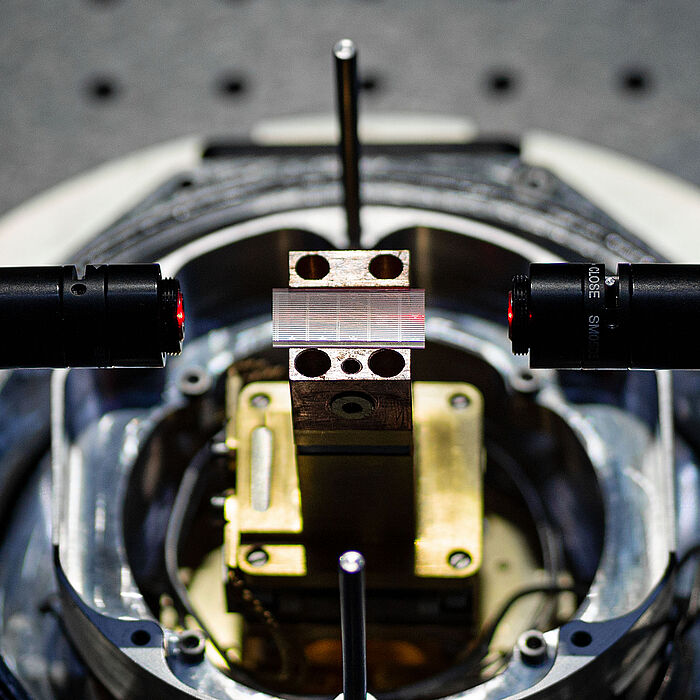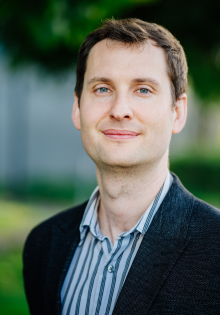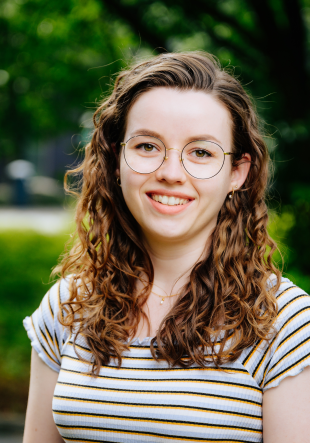Researchers from Paderborn University publish findings in ‘Optica’
Researchers at Paderborn University have demonstrated that ‘spontaneous parametric down-conversion’ – a phenomenon from the field of quantum photonics – is compatible with cryogenic, i.e. extremely cold, operating conditions required for superconducting detectors. Their findings are important for, among other things, applications of quantum optics in integration platforms, e.g. for chips used in communications. The physicists have now published their findings in scientific journal ‘Optica’.
Scalable quantum photonics relies on interfacing different light-based components and technologies under mutually compatible operating conditions. One of these processes is ‘spontaneous parametric down-conversion’ (SPDC) in non-linear waveguides, a standard technology for generating entangled photon pairs, squeezed states and heralded single photons – tiny particles of light that make up electromagnetic radiation.
The team led by junior professor Tim Bartley and Nina Amelie Lange from the Department of Physics has investigated how cryogenic operation affects the SPDC process. Demonstrating mutual compatibility is crucial for the proliferation of quantum technologies. The researchers have demonstrated that spontaneous parametric down-conversion in non-linear waveguides is compatible with the operating temperatures required for highly efficient superconducting detectors. Superconductivity is the complete disappearance of electrical resistance at very low temperatures. This allows the electric current to flow without generating heat.
“This experiment is the coldest application of spontaneous parametric down-conversion to date. Our findings show that cryogenics predominately affects the (spectral) modes of the SPDC photons, and not the quantum states themselves. It’s interesting that even though we changed the temperature by two orders of magnitude, there were no significant changes in the SPDC process, and our photon source therefore remained fully operational,” explains Lange.
While non-linear optics, in particular frequency conversion and electro-optic manipulation, is optimised for operation under ambient conditions, many quantum photonic technologies, including superconducting single-photon detectors, require cryogenics. To enable the mutual integration of these components in a single chip, existing techniques and technologies therefore need to be adapted to be functional in the same environment. The knowledge gained could be leveraged to further advance various applications in the field of quantum physics.
Read the article: https://doi.org/10.1364/OPTICA.445576.



